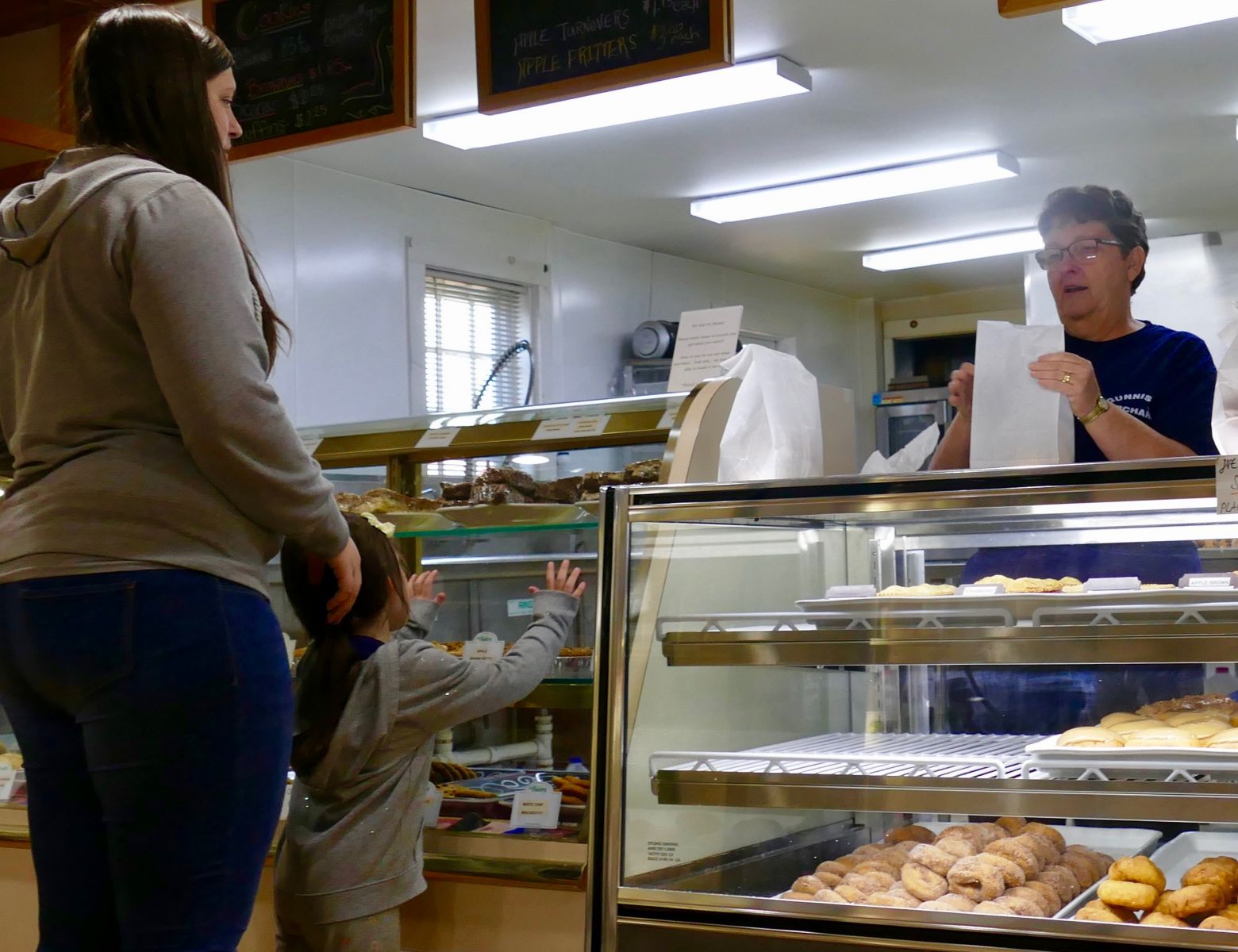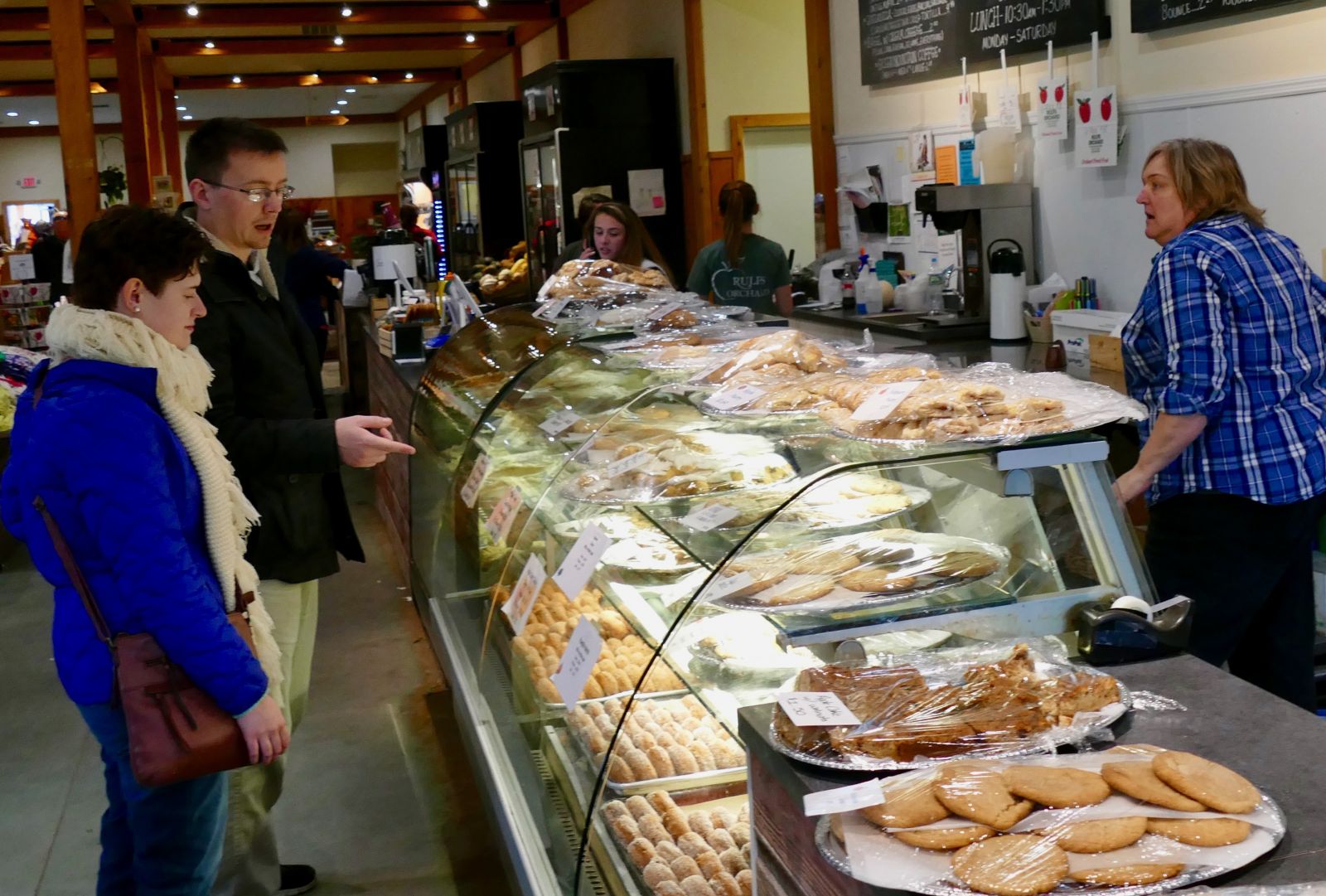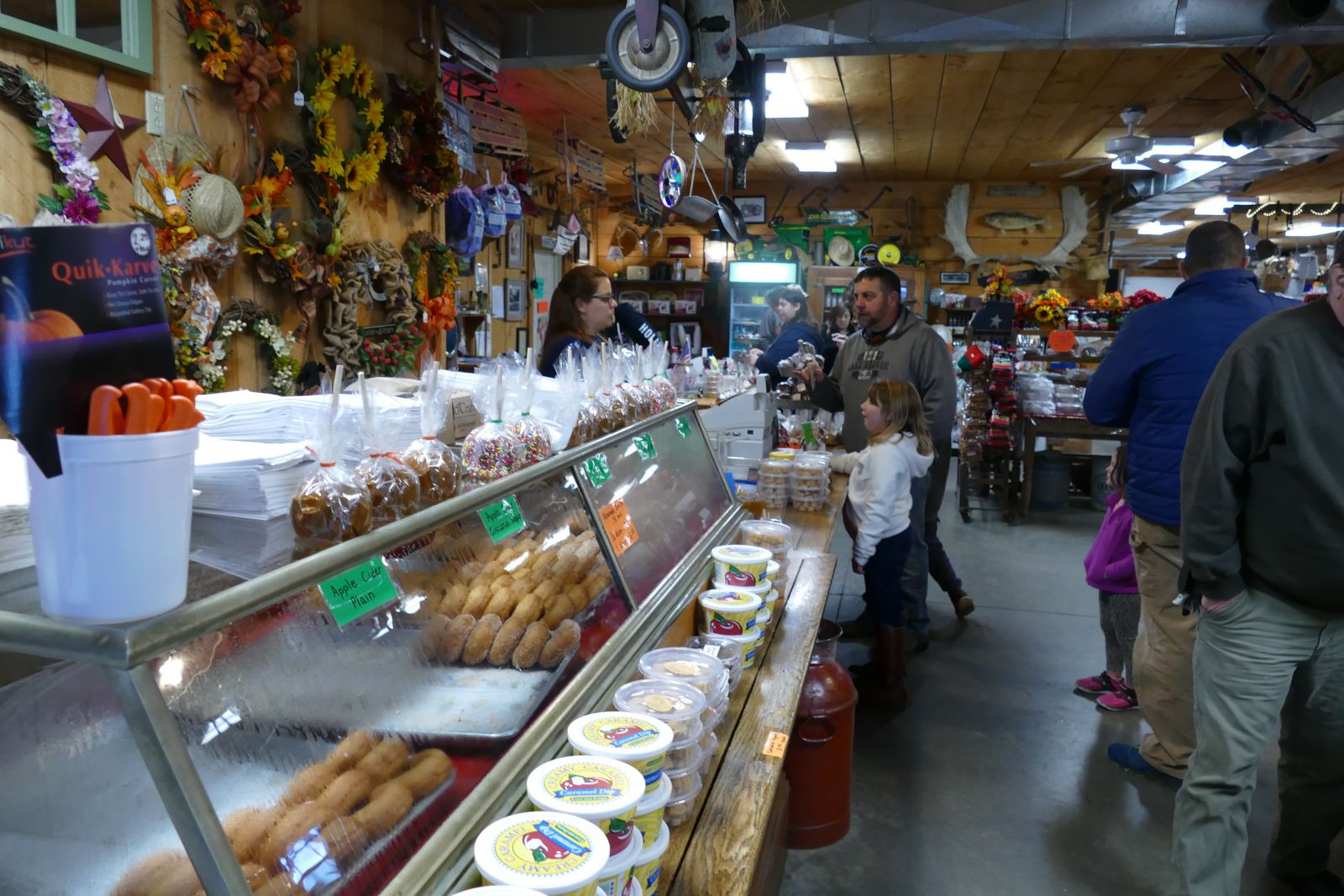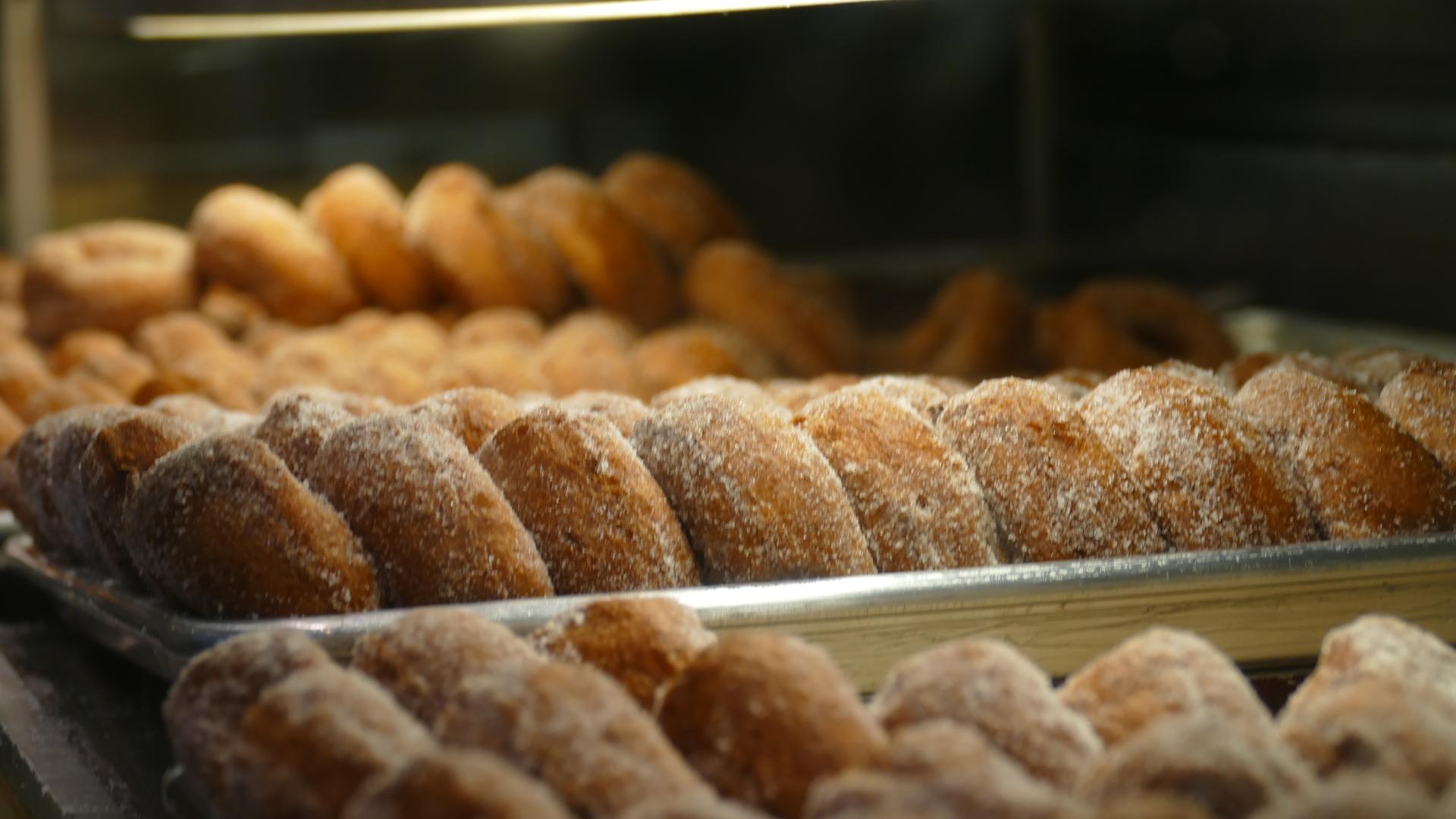Submitted by guest blogger, Tim Rowland
When America’s first landowners were parceling out property to colonists, it came with an unusual condition: When taking residence, the new homesteader was required to plant a substantial orchard of 90 to 100 fruit trees.
The reason was straightforward enough. Survival on these new plantations was sketchy at best; what became the town of Frederick, Maryland, was originally given the not-so-hopeful name of “Tasker’s Chance.” So the Lord Fairfaxes of the (new) world wanted to make certain these nascent plantations would be as sustainable as possible.
But the primary raison d’etre for these orchards was not as a source of food. Instead the apples, peaches and cherries more often found their way into the ciders and brandies that were a primary beverages/medicines/source of entertainment among the colonists.
It was maybe a decade ago when I first discovered that the process had now come full circle — that the apples that had found their way into cider had now morphed back into food. To be specific, into donuts.

Cider donuts hit the mainstream
Today the apple cider donut is a treat that can be found through the fall at a number of orchards and bakeries up and down the Adirondack coast. Many men who are completely incapable of remembering their wedding anniversaries will recall specifically where and when they got their first taste of an Adirondack cider donut.
It’s the same eye-opening experience as the first time you laid eyes on the Grand Canyon, particularly if it is still warm from the fryer (the donut, not the Grand Canyon). Properly done, the apple cider donut encompases typical fall spices along with a cidery tang, the surface has a bit of a crispy bite, and the center is fluffy yet substantial enough for dipping — in cider, obviously. Traditionally, there are two ways to order the cider donut, plain or coated with cinnamon sugar.
The sugar donuts tend to be more popular, although some who take their cider donuts Very Seriously insist that plain is the purer form.

So too do fruit stands have their loyalists, and even in the most polite families, arguments will break out over who has the best donuts — Bankers, Chazy, Rulf’s, Gunnison’s, to name a few. Donut cooks guard their recipes with a ferocity that makes a momma bear look like a lackadaisical parent with her hair up in curlers watching the soaps. They insist there is such a thing as a bad donut, although in truth I can’t say I’ve had one.
“There’s nothing like a warm cider donut on a cold fall day,” said Nina Sullivan, who presides over the donut operation at Banker’s Orchard. “People come here just for the donuts.”
Of course a good, sweet cider is essential, but it’s not just the ingredients that are important. Sullivan said the age of the cider matters, as does the temperature and humidity. It’s a constant game of adjustments to make sure everything comes out right.
An age-old tradition
The art of cider, of course, is as old as the hills in which I grew up. My first semi-paying job (I worked for cider and tips) was at a cider mill run by a gangly jack of all trades named Slim Woods. The mill was powered by an engine out of an old Ford Model A, which would purr like a kitten when spinning the blades that chopped the apples, but grunt and strain when asked to press multiple layers of pomace into juice. My job was to dip the cider out of an oaken barrel into gallon jugs, straining out the yellow jackets in the process.
Many of the men who brought in pickup loads of apples, like the early colonists, wanted the product for hard cider or applejack (an imprecise science that left more than one man in the awkward position of having to explain to his wife why the basement had just exploded).
Others drifted in from the cities for a jug and occasionally they expressed skepticism with the process. I recall one woman casting a dubious eye at a load of apples and asking if the stray worm became part of the cider too. Slim would solemnly explain that, no ma’am, when the worms looked down and see the spinning blades they jump out.

Today of course, cider is a more civilized process rife with government oversight (too much, some argue.) Cider donuts seem to be a more modern confection, although New Englanders will argue about this as well. It’s natural to assume that cider donuts were born of a perfect storm of deliciousness, when the apple harvest coincided with hog butchering season in late fall. Donuts were well-known in colonial times, having been brought to these shores by the Dutch and French, so no doubt it was some bonneted cook named Prudence who first splashed a bit of cider into the dough before dropping in into a sizzling pan of lard.
But commercially, cider donuts are relatively new. In searching newspaper archives, the earliest reference the Smithsonian could find was a 1951 New York Times article that stated: “A new type of product, the Sweet Cider Doughnut will be introduced by the Doughnut Corporation of America in its twenty-third annual campaign this fall to increase doughnut sales.”
Believe that if you want. But nothing this good can have this crass a beginning. But we do owe this Doughnut Corporation one thing — if it didn’t invent the cider donut, it at least popularized it. Cider donuts might have at one time been a novelty, but today fall wouldn’t seem complete without them.
Visit the Lake Champlain Region to experience how we do cider donuts. Start planning your trip today!


